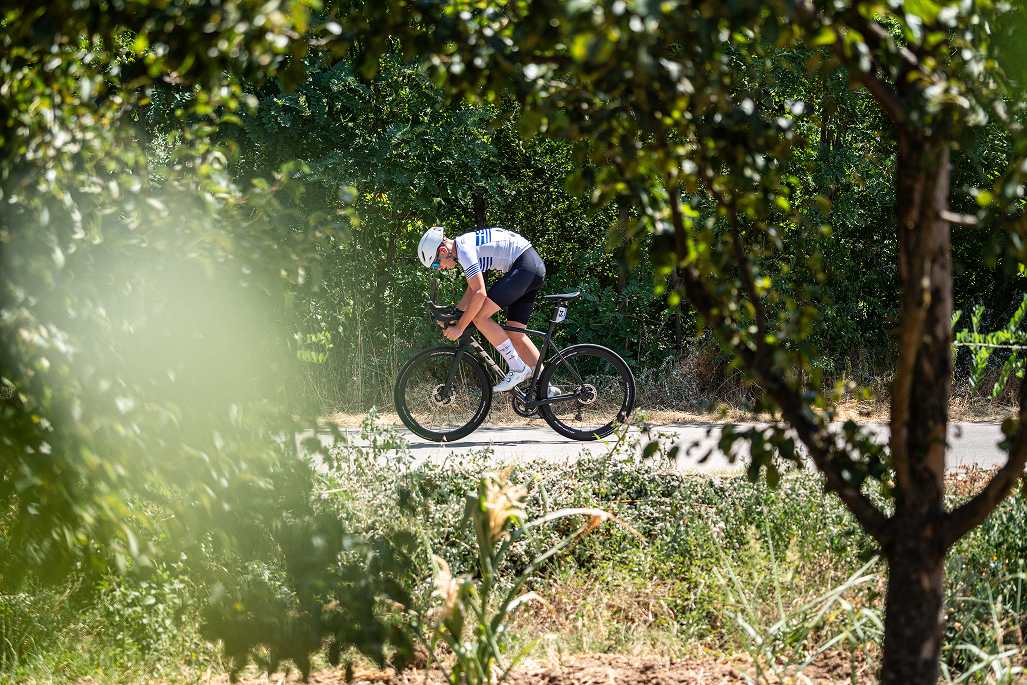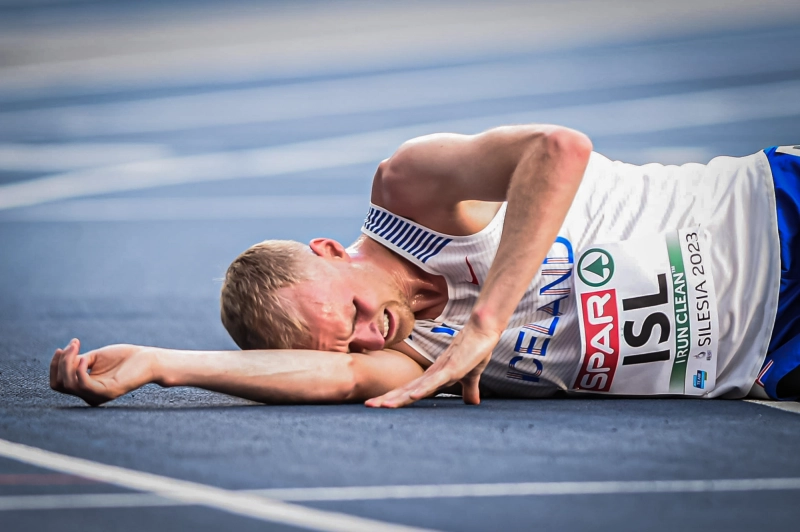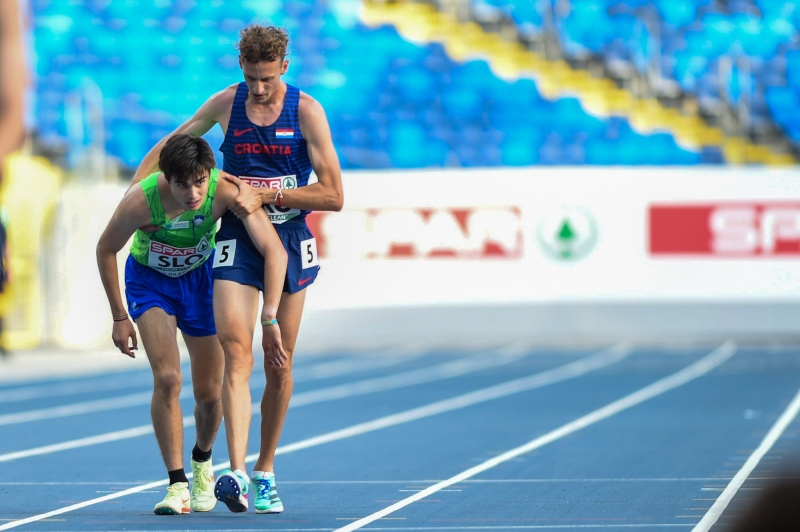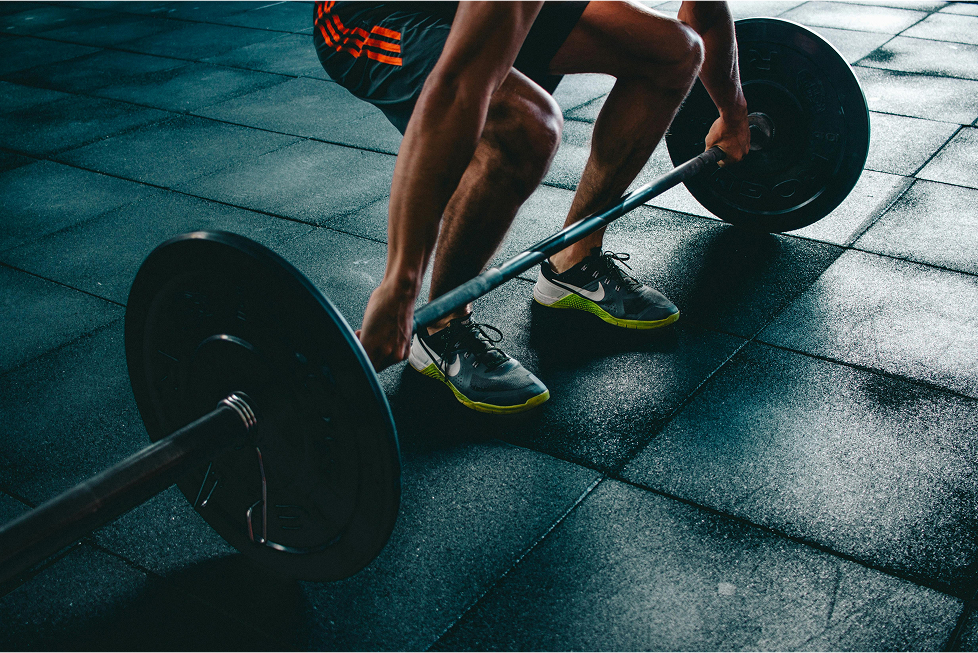Europe Reigns: Historic 2025 Road Worlds Conclude in Kigali
🌍 Europe on Wheels: UCI Road World Championships 2025 Make History in Kigali
29 September 2025
Kigali (Rwanda), 21–28 September 2025 – For the first time in history, the Road Cycling World Championships were held in Africa. Kigali, the capital of Rwanda, became the epicentre of world cycling for a week, bringing together the best elite, under-23, and junior riders in time trials and road races. With challenging routes combining mountain climbs, technical descents, and urban circuits, the African city offered a unique setting for an unforgettable World Championships.
The organisation and logistics were up to the standard of such a major event: hydration zones, medical assistance, technical areas for teams, and live coverage via social media and specialised outlets allowed fans to follow every pedal stroke closely.
🌍 Continental Representation and Ambitions
More than 50 nations took part, with Europe presenting a strong block of established stars and rising talents. Expectations were high: to maintain European hegemony in world cycling, which was ultimately achieved in all events except the elite women’s road race, where Canadian Magdeleine Vallieres broke the continental streak.
Among the elite men, Tadej Pogačar (Slovenia) confirmed his superstar status, winning his second consecutive road race title. In the time trial, Remco Evenepoel (Belgium) consolidated his dominance with his third consecutive gold. Among the young talents, Zoe Bäckstedt (Great Britain) and Paula Ostiz (Spain) demonstrated that the future of European cycling is secure.
🚴 Venue and Logistics
Kigali presented a unique challenge: undulating, technical roads with several demanding climbs that tested both physical endurance and race strategy. The city delivered flawless logistics, including security, hydration, medical support, technical zones for teams, and international media coverage. The World Championships also served as a showcase for Rwanda, demonstrating its capacity to host global sporting events.
🔄 Competition Format
The championship included:
- Individual time trial: elite, under-23, and junior, men and women
- Mixed team relay: elite
- Road races: elite, under-23, and junior, men and women
Each category featured qualifying sessions and line races, concluding with medal ceremonies for each event. The format allowed both the exhibition of individual power in the time trial and team tactics and sprint finishes in the road races.
🚴 Highlights – Elite Categories
Time Trial
- Elite men: Remco Evenepoel (Belgium) claimed his third consecutive gold, cementing his reputation as a time-trial specialist.
- Elite women: Marlen Reusser (Switzerland) realised her dream of wearing the rainbow jersey after an impeccable performance.
- Mixed team relay: Australia took gold, while France secured silver, keeping Europe on the podium.
Road Race
- Elite men: Tadej Pogačar (Slovenia) made a memorable break on the final climb, securing the title ahead of Remco Evenepoel and Ireland’s Ben Healy.
- Elite women: Magdeleine Vallieres (Canada) delivered a decisive attack 20 km from the finish, interrupting European dominance.
🌱 Young Talents on the Rise
- Under-23 time trial: Zoe Bäckstedt (GBR) and Joris Nieuwenhuis (NED) dominated their categories with authority.
- Junior time trial: Paula Ostiz (ESP) took silver in the women’s race, while the Netherlands topped the men’s podium.
- Under-23 and junior road races: France, the Netherlands, and Spain shared golds, demonstrating Europe’s depth of talent and generational consistency.
These results confirm Europe’s capacity to maintain dominance and ensure a steady stream of emerging talent that will continue to set the pace in world cycling over the next decade.
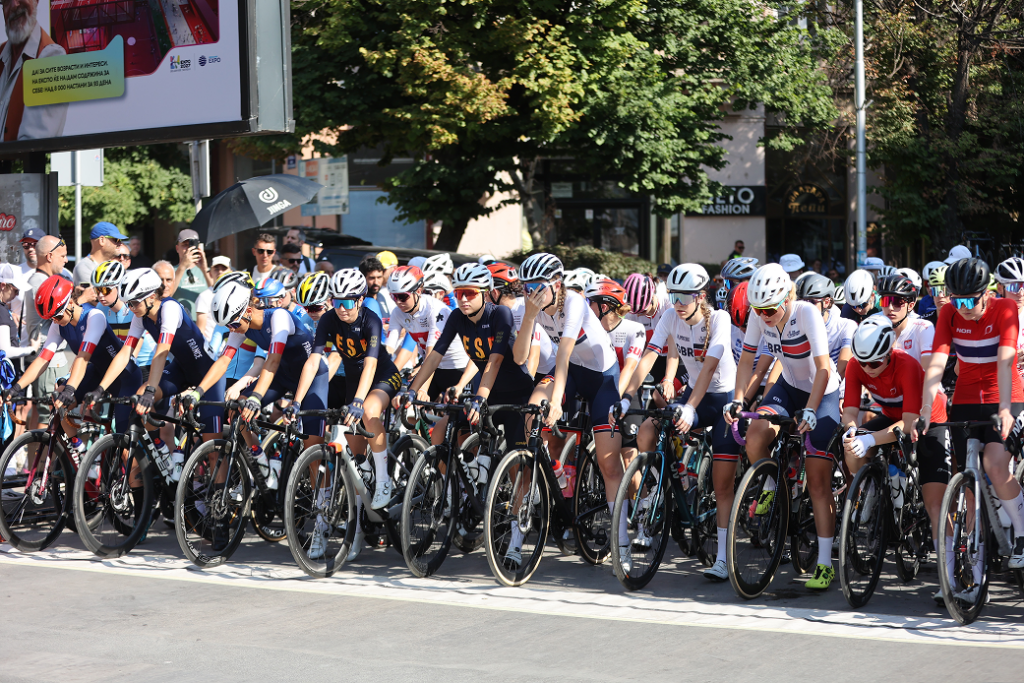
🔥 Tactical and Strategic Notes
The Kigali World Championships were not only a physical challenge but also a tactical one. The technical routes and strategic climbs forced teams to coordinate attacks, blocks, and rotations with precision. Time trials demanded sustained power and aerodynamic control, while line races tested riders’ race-reading skills and mental endurance.
Vallieres’ triumph in the women’s road race demonstrated that surprises are always possible, while Europe’s consistency highlighted that preparation and team depth remain decisive factors at the elite level.
📊 Continental Balance
Europe dominated the Championships: 12 golds, 8 silvers, and 7 bronzes, with only one exception in the elite women’s road race. The Netherlands stood out with 4 golds, while Belgium, France, and Great Britain also excelled on the medal table.
| País | Oro | Plata | Bronce | Total |
|---|---|---|---|---|
| Países Bajos | 2 | 1 | 1 | 4 |
| Gran Bretaña | 2 | 0 | 0 | 2 |
| Francia | 1 | 2 | 1 | 4 |
| Bélgica | 1 | 1 | 2 | 4 |
| España | 1 | 1 | 2 | 4 |
| Suiza | 1 | 1 | 2 | 4 |
| Italia | 1 | 1 | 1 | 3 |
| Eslovenia | 1 | 0 | 0 | 1 |
| Suecia | 1 | 0 | 0 | 1 |
📸 Gallery Highlights
- Tadej Pogačar celebrating his victory in the elite men’s road race
- Marlen Reusser in action during the elite women’s time trial
- Zoe Bäckstedt on the podium for the under-23 women’s time trial
Official images shared by the UCI on social media captured both the intensity of the competition and the excitement of the podiums, as well as the festive atmosphere in Kigali.
🏁 A Historic Championship
The 2025 Kigali Road Cycling World Championships will be remembered not only for its unprecedented location in Africa but also for confirming European dominance and the emergence of new stars. With established athletes, rising talents, and impeccable organisation, this World Championships set a precedent for future global events in non-traditional continents, proving that cycling can shine anywhere in the world.
Europe continues to set the standard, but Kigali made it clear that world talent is expanding, and surprises like Vallieres’ will always be part of the spectacle.
